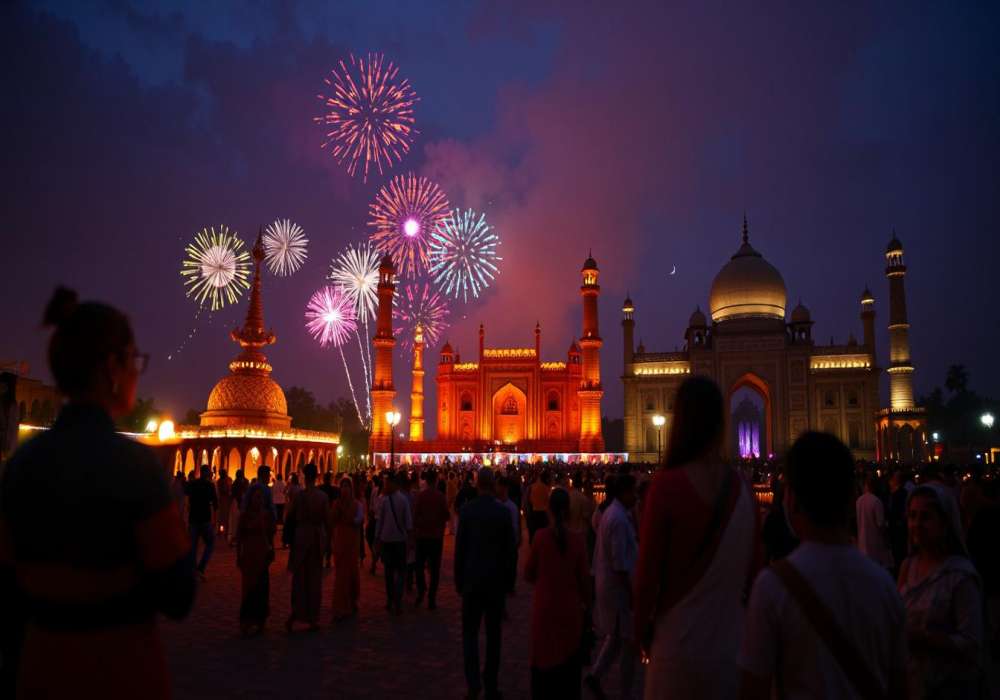
Last Updated At: 04-Jul-2025
Upcoming Famous Festivals Of India 2025 You Must Experience
Often referred to as the 'Land of Festivals, India is a symphony of celebrations where every day tells a new story of joy, unity, and profound spirituality. With its kaleidoscope of diverse cultures, religions, and traditions, this incredible nation serves as a captivating stage for festivals that pique the curiosity of travellers across the globe. Whether you're a resident or a visitor, experiencing these celebrations firsthand is a journey of a lifetime. Each festival is a mesmerising spectacle, a burst of colours, flavours and a testament to the enduring spirit of humanity. So, with bated breath and eager anticipation, let's dive into the Indian festivals of India and Holidays Calendar for 2025.
Your ticket to India's cultural extravaganza awaits, and it's time to make 2025 a year of extraordinary travel and boundless wonder!
List of Indian Famous Festivals and Holidays 2025
- January 2025: New Year, Lohri, Makar Sankranti, Republic Day
- February 2025: Basant Panchami, Saraswati Pooja
- March 2025: Maha Shivratri, Holi, Good Friday
- April 2025: Ugadi, Chaitra Navratri, Ram Navami
- May 2025: Akshaya Tritiya
- June 2025: Summer Vacation
- July 2025: Jagannath Rath Yatra, Guru Poornima
- August 2025: Hariyali Teej, Independence Day, Raksha Bandhan, Janmashtami
- September 2025: Hartalika Teej, Ganesh Chaturthi, Onam
- October 2025: Gandhi Jayanti, Navratri, Durga Puja, Dussehra, Karwa Chauth, Dhanteras
- November 2025: Diwali, Govardhan Pooja, Bhai Dooj, Chhath Pooja, Children's Day
- December 2025: Christmas
Festivals in January 2025
A Jubilant Start
The year kicks off with New Year's Day, a worldwide celebration of new beginnings. But India adds its own unique touch to it with the warmth of family gatherings and delicious sweets. Soon after, Lohri and Pongal, celebrated predominantly in North and South India, respectively, mark the harvest season with bonfires and feasts.
| Date | Day | Festival | Region | Significance |
| 1st January | Wednesday | New Year | Nationwide | Beginning of the Gregorian calendar year. |
| 13th January | Monday | Lohri | Northern India | Celebrates winter solstice and harvest. |
| 14th January | Tuesday | Pongal/Makar Sankranti | South India | Harvest festival marking the sun's transition. |
| 23rd January | Thursday | Subhash Chandra Bose Jayanti | Nationwide | Birth anniversary of freedom fighter. |
| 26th January | Sunday | Indian Republic Day | Nationwide | Commemorates the adoption of the constitution. |
Festivals in February 2025
A Spiritual Pause
February brings a moment of spiritual reflection with Basant Panchami and Saraswati Puja. It's a day to honour Saraswati, the goddess of knowledge and art, with prayers and offerings of yellow flowers. The atmosphere is filled with the mellowness of spring, and schools often organise special ceremonies.
| Date | Day | Festival | Region | Significance |
| 14th February | Wednesday | Basant Panchami/Saraswati Pooja | Nationwide | Worship of the goddess of knowledge. |
Festivals in March 2025
The Colours of Devotion
In March, the nation lights up with devotion. Mahashivratri, celebrated with fervour, is dedicated to Lord Shiva. It's a night of prayer and fasting, followed by joyous celebrations. Holi, the Festival of Colors, transforms the country into a vibrant canvas of love and unity. People play with coloured powders and water, signifying the victory of good over evil.
| Date | Day | Festival | Region | Significance |
| 26th February | Friday | Mahashivratri | Nationwide | Celebrates Lord Shiva's divine marriage. |
| 13th March | Sunday | Holika Dehan | Nationwide | Bonfires to symbolize the victory of good over evil. |
| 14th March | Monday | Holi | Nationwide | Festival of colours and spring. |
| 18th April | Friday | Good Friday | Nationwide | Observance of Jesus Christ's crucifixion. |
Festivals in April 2025
Time for Renewal
April welcomes the New Year in many parts of India, with Ugadi, Gudi Padwa and Chaitra Navratri. These festivals symbolise the spirit of renewal and people wear new clothes and decorate their homes. Baisakhi, celebrated with enthusiasm in Punjab, is a harvest festival marked by traditional dance and feasting.
| Date | Day | Festival | Region | Significance |
| 1st April | Monday | Bank Holiday | Nationwide | Bank holiday. |
| 9th April | Tuesday | Ugadi/Gudi Padwa/Chaitra Navratri | South and West India | Hindu New Year. |
| 10th April | Wednesday | Cheti Chand | Sindhi Community | Sindhi New Year. |
| 13th April | Sunday | Baisakhi | Northern India | Sikh and Hindu harvest festival. |
| 14th April | Monday | Ambedkar Jayanti | Nationwide | Birth anniversary of Dr. B.R. Ambedkar. |
| 17th April | Sunday | Ram Navmi | Nationwide | Lord Rama's birthday celebration. |
| 12th April | Saturday | Hanuman Jayanti | Nationwide | Birth anniversary of Lord Hanuman. |
Festivals in May 2025
The Prosperity of Akshaya Tritiya
May bring Akshaya Tritiya, a day believed to bring prosperity and success. People invest in gold, start new ventures, and seek the blessings of Lord Vishnu. It's a time when positivity and abundance fill the air.
| Date | Day | Festival | Region | Significance |
| 30 april | Wednesday | Akshaya Tritiya | Nationwide | Auspicious day for new beginnings. |
Festivals in July 2025
Devotion and Penance
July sees the grand Jagannath Rath Yatra in Puri, Odisha. The magnificent procession involves the pulling of Lord Jagannath's chariot by devotees, signifying unity and devotion. Ashadhi Ekadashi and Guru Poornima follow, as people pay homage to their spiritual guides.
| Date | Day | Festival | Region | Significance |
| 7th July | Monday | Jagannath Rath Yatra | Puri, Odisha | Procession of Lord Jagannath. |
| 17th July | Thursday | Ashadhi Ekadashi | Maharashtra | Hindu fasting day. |
| 10 st July | Thursday | Guru Poornima | Nationwide | Honoring spiritual teachers. |
Festivals in August 2025
Festivities Galore
August ushers in Hariyali Teej and Nag Panchami, celebrating the monsoon and the snake god. Independence Day on August 15th is a day of pride and patriotism, marked by flag hoisting and cultural programs. Raksha Bandhan strengthens the bond between siblings, while Janmashtami celebrates Lord Krishna's birth.
| Date | Day | Festival | Region | Significance |
| 27th July | Sunday | Hariyali Teej | North India | Celebrating the monsoon season. |
| 29th July | Tuesday | Nag Panchami | Nationwide | Worship of the serpent god. |
| 15th August | Friday | Independence Day | Nationwide | Commemorates India's independence. |
| 9th August | Saturday | Raksha Bandhan | Nationwide | Celebration of sibling bonds. |
| 12th August | Tuesday | Kajri Teej | Northern India | Agricultural and Monsoon Festival. |
| 16th August | Saturday | Janmashtami | Nationwide | Birth of Lord Krishna. |
Festivals in September 2025
The Arrival of Lord Ganesha and Onam
September welcomes Lord Ganesha with Ganesh Chaturthi, a vibrant festival celebrated with great fervour across India. Onam, the harvest festival of Kerala, is marked by colourful flower carpets and sumptuous feasts.
| Date | Day | Festival | Region | Significance |
| 26th August | Tuesday | Hartalika Teej | North India | Hindu fasting day. |
| 26th, 27 August | Tue, Wed | Ganesh Chaturthi | Nationwide | Birth of Lord Ganesha. |
| 26 Aug to 5 Sept | Tues to Fri | Onam | Kerala | Harvest festival in Kerala. |
| 6th September | Saturday | Ananth Chaturdashi | Nationwide | Conclusion of Ganesh Chaturthi celebrations. |
Festivals in October 2025
A Carnival of Festivals
As the festive season approaches, October brings Gandhi Jayanti, commemorating the father of the nation, Mahatma Gandhi. Navratri and Durga Puja envelop the nation in a dance of devotion and the culmination of these celebrations is Dussehra, signifying the victory of good over evil. Diwali, the Festival of Lights, spreads joy and prosperity as homes glow with oil lamps and fireworks light up the skies. It's a time for family reunions and exchanging gifts.
| Date | Day | Festival | Region | Significance |
| 2nd October | Thursday | Gandhi Jayanti | Nationwide | Birth anniversary of Mahatma Gandhi. |
| 22 September | Wednesday | Navratri Begins | Nationwide | Nine-day Hindu festival. |
| 1st October | Wednesday | Maha Navami | Nationwide | Ninth day of Navratri, Goddess Durga worship. |
| 2 October | Tuesday | Vijaya Dashami/Buddha Jayanti | Nationwide | Victory of good over evil, Lord Buddha's birth. |
| 9th October | Tuesday | Karwa Chauth | North India | Fasting for married women. |
| 18th October | Saturday | Dhanteras | Nationwide | Start of Diwali celebrations. |
| 20 October | Monday | Narak Chaturdashi | Nationwide | Pre-Diwali celebration. |
Festivals in November 2025
Celebrating Bonds
November celebrates Govardhan Pooja and Bhai Dooj, reinforcing the bonds of love among siblings. Chhath Pooja, mainly observed in Bihar and Jharkhand, is a sun-worshipping festival that reflects the deep spiritual connection of the people with nature. Children's Day on November 14 commemorates the birth anniversary of Jawaharlal Nehru, India's first Prime Minister.
| Date | Day | Festival | Region | Significance |
| 18 October | Saturday | Diwali | Nationwide | Festival of Lights. |
| 22 October | Wednesday | Govardhan Pooja | North India | Worship of Lord Krishna. |
| 23 October | Thursday | Bhai Dooj | Nationwide | Celebrating sibling love. |
| 7th November | Thursday | Chhath Pooja | Bihar, UP, Jharkhand | Worship of the sun god. |
| 14th November | Friday | Children's Day | Nationwide | Celebrating the birth of Jawaharlal Nehru. |
Festivals in December 2025
A Festive Farewell
The year ends with the joyous celebration of Christmas on December 25th, commemorating the birth of Jesus Christ. Homes are adorned with Christmas trees and lights, and the air is filled with carols and the spirit of giving.
| Date | Day | Festival | Region | Significance |
| 25th December | Thursday | Christmas | Nationwide | Celebrating the birth of Jesus Christ. |
In India, every day is a reason to celebrate, and every celebration is a testament to the spirit of this beautiful land. These festivals not only mark our calendars but also enrich our lives with moments of joy, reflection, and gratitude.
It's time to craft your travel wishlist for the year, and what better way to do it than by aligning your adventures with the beating heart of India's most enchanting celebrations?
Explore Adotrip for unbeatable offers on flights, accommodations, tour packages, and more. Reach out to us for assistance with visas, travel insurance, and foreign exchange. We offer an extensive array of travel solutions all in one place, ensuring your journeys are seamless and worry-free. With Adotrip, nothing is far and no destination is out of reach!
Frequently Asked Questions About Famous Festival of India
Q 1. What is the festival of India in 2025?
A 1. Here are the festival of India in 2025
- Makar Sankranti
- Republic Day
- Mahashivratri
- Holi: March
- Eid-ul-Fitr
- Baisakhi
- Raksha Bandhan
- Janmashtami
- Ganesh Chaturthi
- Dussehra
- Diwali
- Chhath Pooja
- Christmas
Q 4. What is 2025 holiday?
A 4. Here is the list of 2025 holiday:
- January 2025: New Year, Lohri, Makar Sankranti, Republic Day
- February 2025: Basant Panchami, Saraswati Pooja
- March 2025: Maha Shivratri, Holi, Good Friday
- April 2025: Ugadi, Chaitra Navratri, Ram Navami
- May 2025: Akshaya Tritiya
- June 2025: Summer Vacation
- July 2025: Jagannath Rath Yatra, Guru Poornima
- August 2025: Hariyali Teej, Independence Day, Raksha Bandhan, Janmashtami
- September 2025: Hartalika Teej, Ganesh Chaturthi, Onam
- October 2025: Gandhi Jayanti, Navratri, Durga Puja, Dussehra, Karwa Chauth, Dhanteras
- November 2025: Diwali, Govardhan Pooja, Bhai Dooj, Chhath Pooja, Children's Day
- December 2025: Christmas
Q. What is the most famous festival celebrated in India?
A: Diwali, also known as the Festival of Lights, is one of the most famous and widely celebrated festivals in India, symbolizing the victory of light over darkness.
Q2. When is Holi celebrated in India?
A: Holi, the festival of colors, is celebrated in March, marking the arrival of spring. In 2025, Holi will be observed on 14th March.
Q3. What is the significance of Navratri?
A: Navratri is a nine-day Hindu festival dedicated to Goddess Durga, symbolizing the triumph of good over evil. It is celebrated with traditional dances like Garba and Dandiya.
Q4. Why is Eid celebrated in India?
A: Eid-ul-Fitr and Eid-ul-Adha are significant Islamic festivals celebrated by the Muslim community. Eid-ul-Fitr marks the end of Ramadan, the holy month of fasting.
Q5. What is the importance of Raksha Bandhan?
A: Raksha Bandhan celebrates the bond between brothers and sisters, symbolized by the sister tying a protective thread (rakhi) on her brother's wrist.
Q6. Which festival marks the beginning of the harvest season in India?
A: Makar Sankranti, Pongal, and Lohri are major harvest festivals celebrated in January, marking the sun’s transition into Capricorn.
Q7. How is Christmas celebrated in India?
A: Christmas is celebrated with church services, feasts, and festive decorations. Cities like Goa and Kerala host vibrant celebrations with carols and midnight masses.
Q8. What is unique about Chhath Puja?
A: Chhath Puja is a major festival in Bihar, Uttar Pradesh, and Jharkhand, dedicated to the Sun God. Devotees offer prayers while standing in water during sunrise and sunset.
Q9. Why is Ganesh Chaturthi significant in Maharashtra?
A: Ganesh Chaturthi is a grand celebration in Maharashtra, with large processions and installations of Lord Ganesha idols. It marks the birth of Lord Ganesha, the remover of obstacles.
Q10. What is the cultural significance of Onam?
A: Onam is a harvest festival celebrated in Kerala, marking the homecoming of King Mahabali. The celebrations include boat races, floral decorations (Pookalam), and traditional feasts (Onam Sadhya).
Let me know if you'd like further elaboration on any festival!
--- Published By Adotrip
Latest Blogs
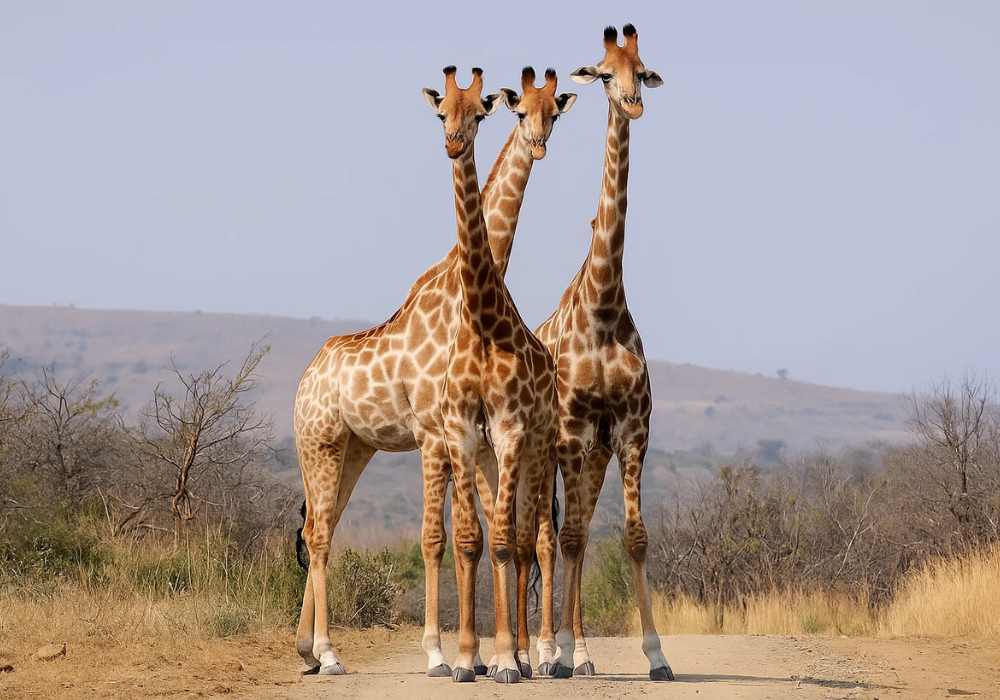
Cash in the Wild: My Safari Adventure Across Kenya with Only...

One Day Picnic Spot Near Pune - Adventure, Trekking and Natu...
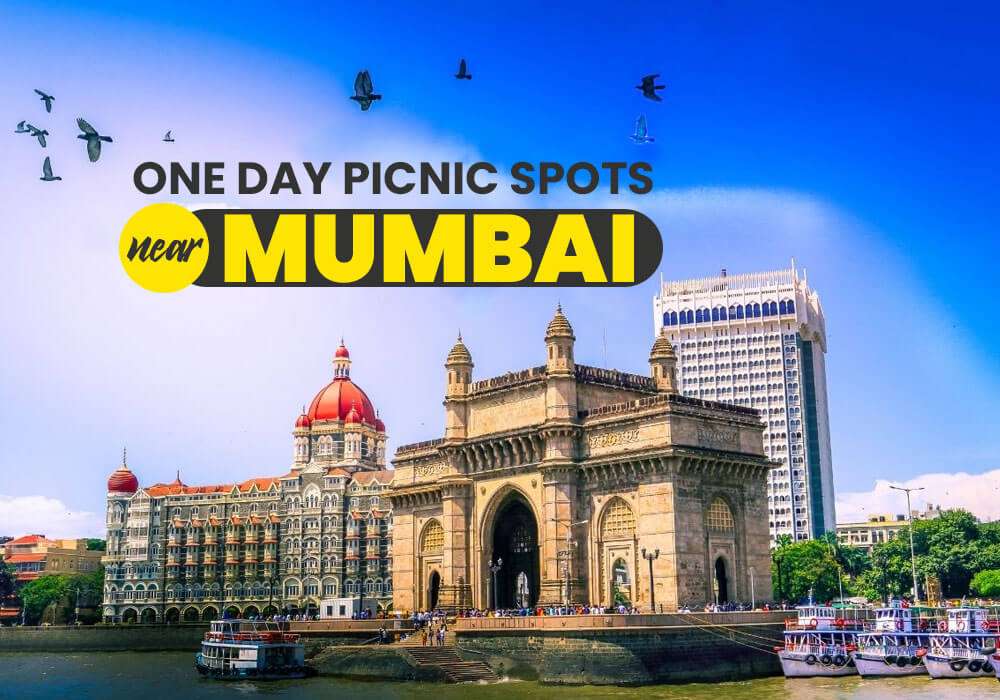
One Day Picnic Spots Near Mumbai - Monsoon, Adventure, Beach...
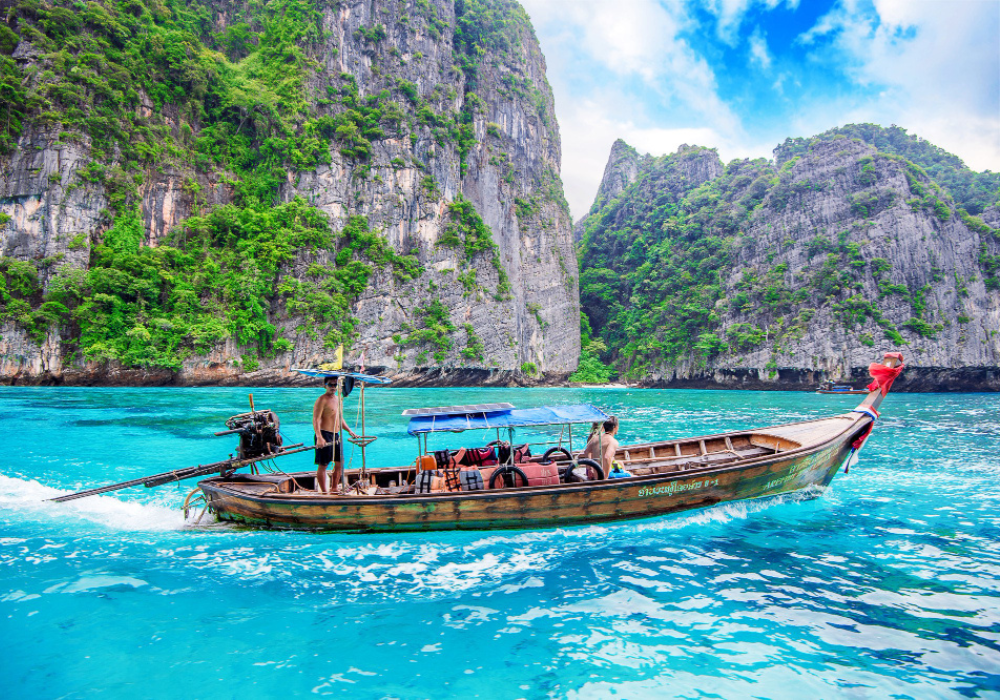
The Best Places to Go in Thailand in 2025
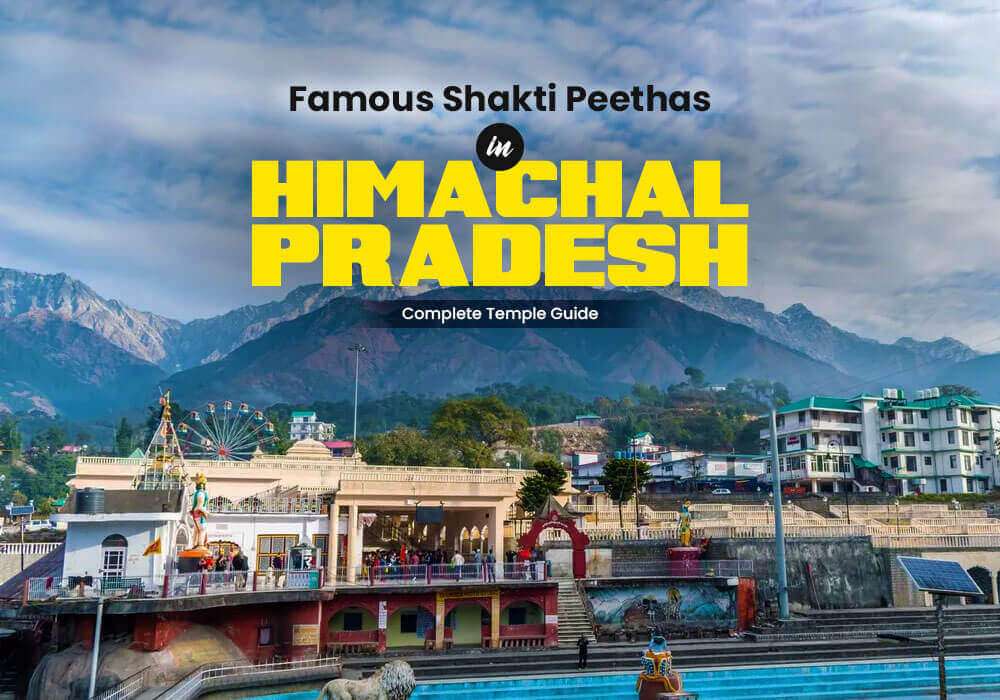

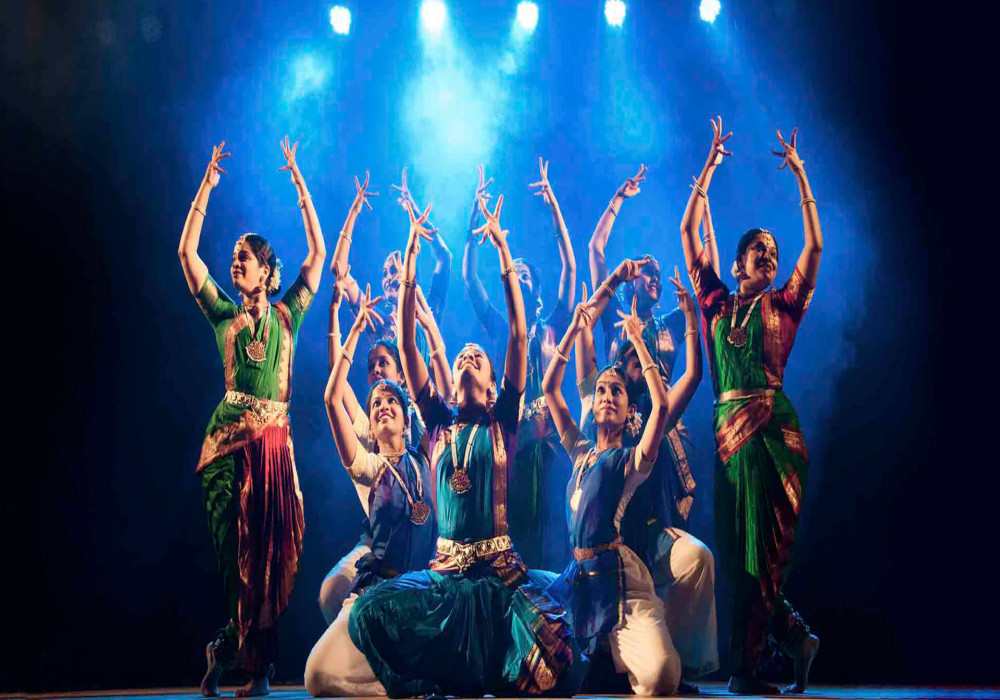

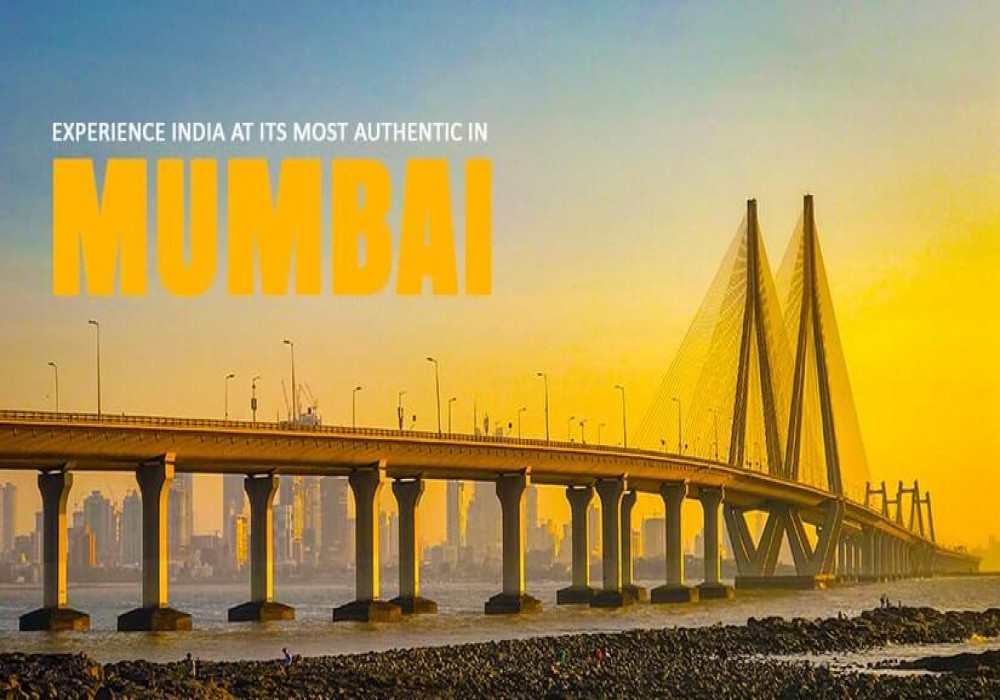
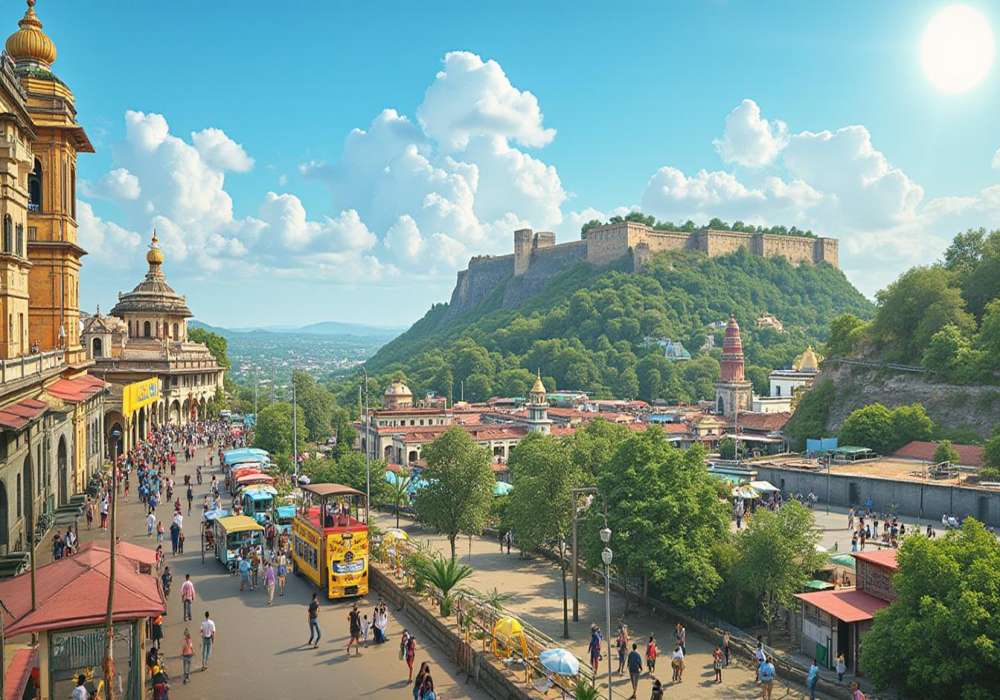
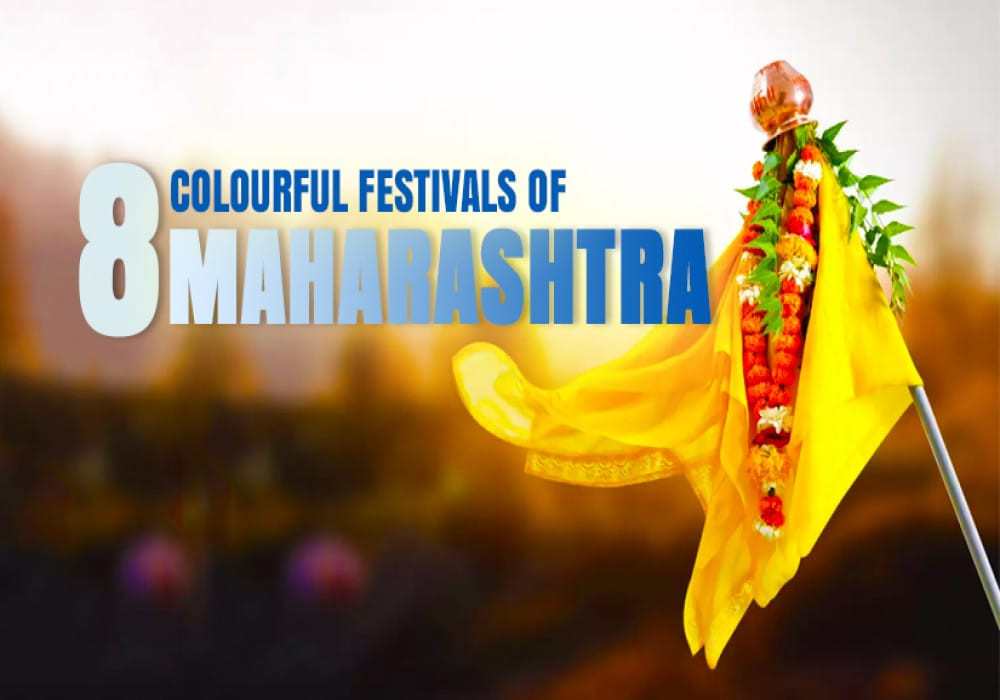

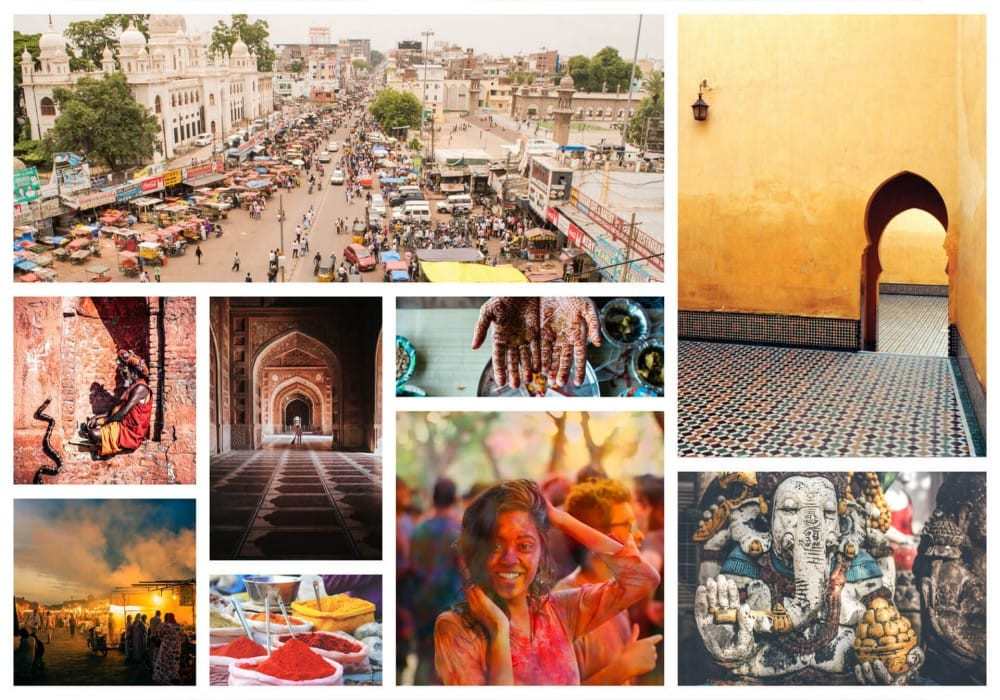
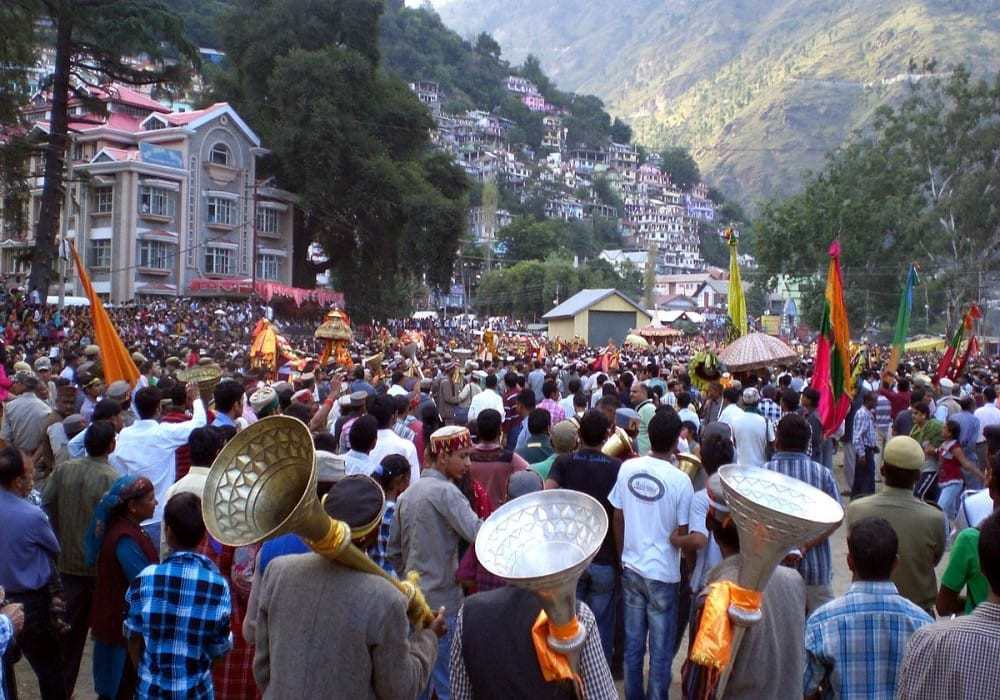
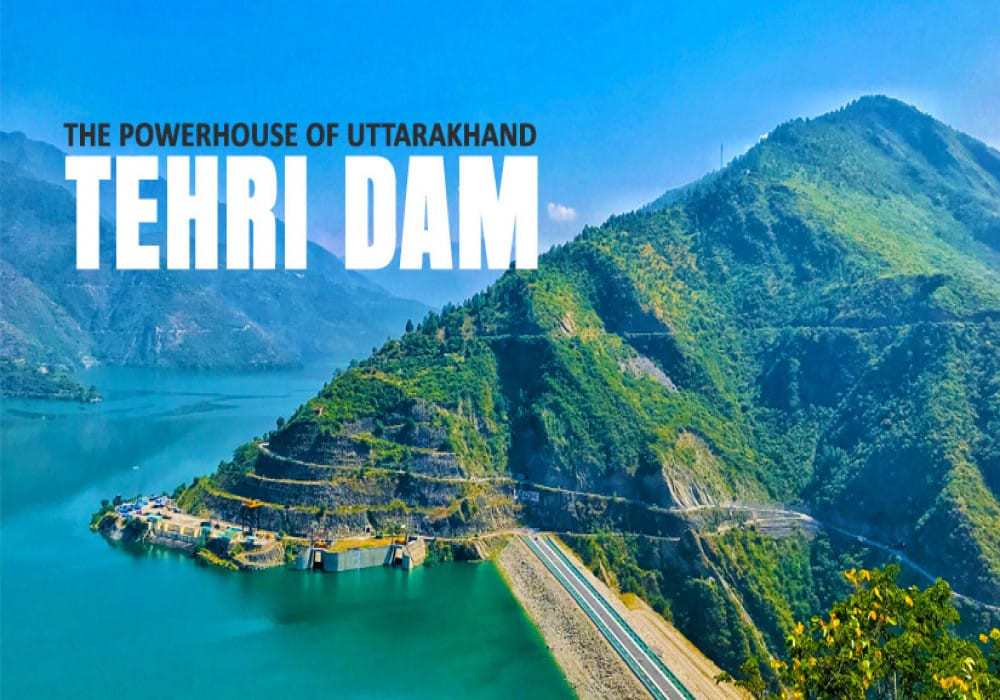


.jpg)
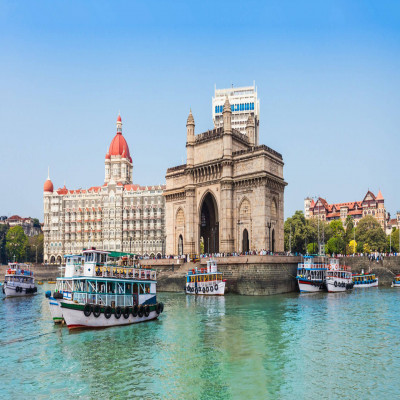
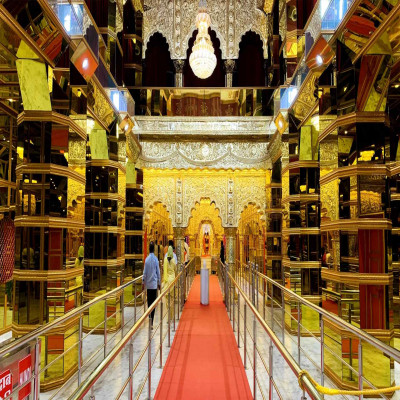
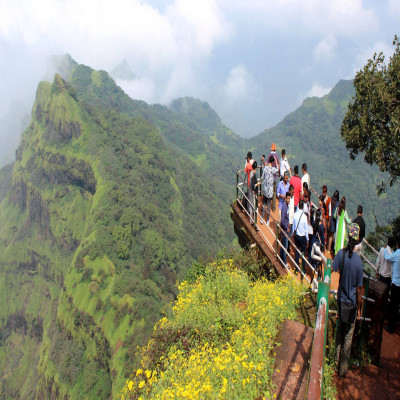
 Dubai
Dubai Malaysia
Malaysia USA
USA





